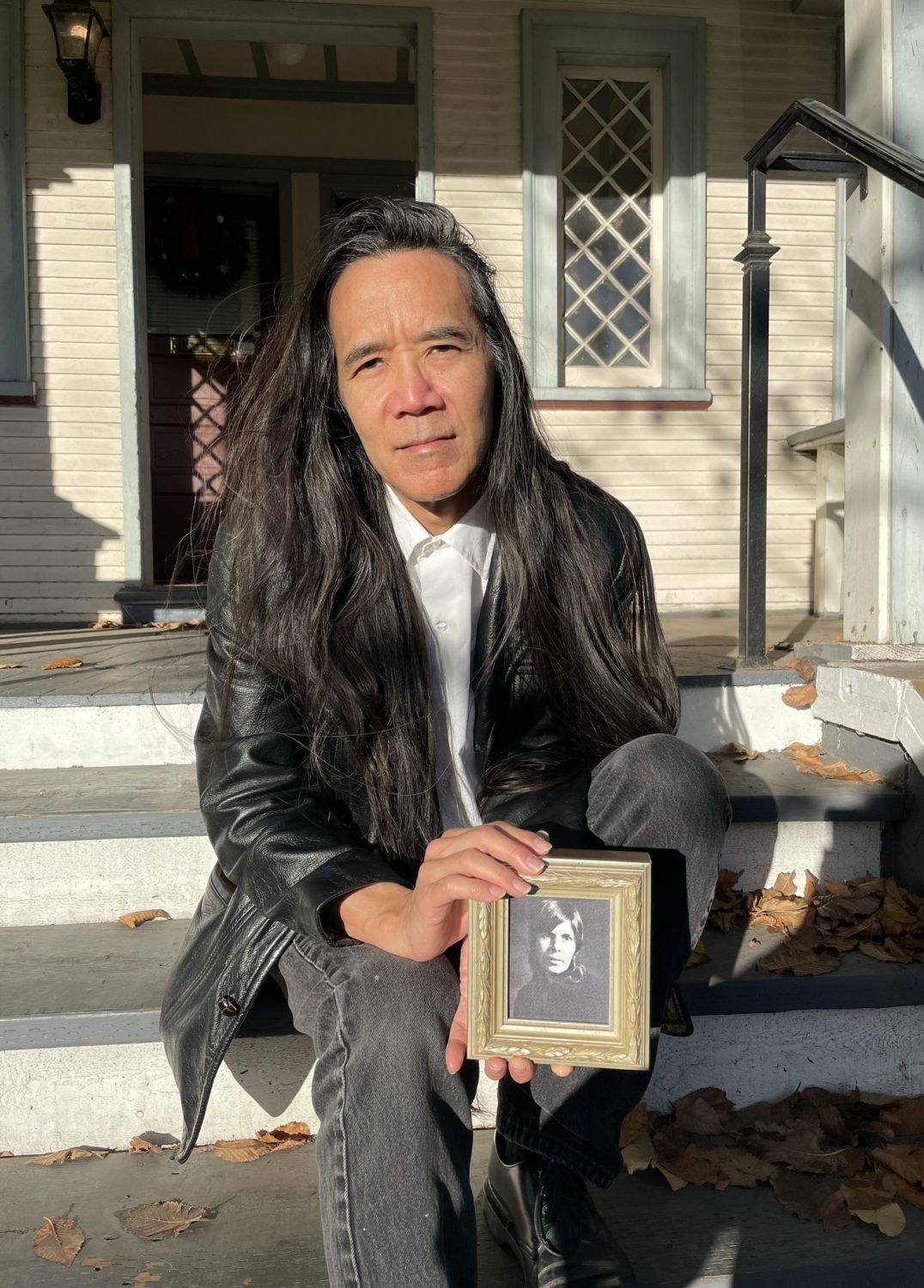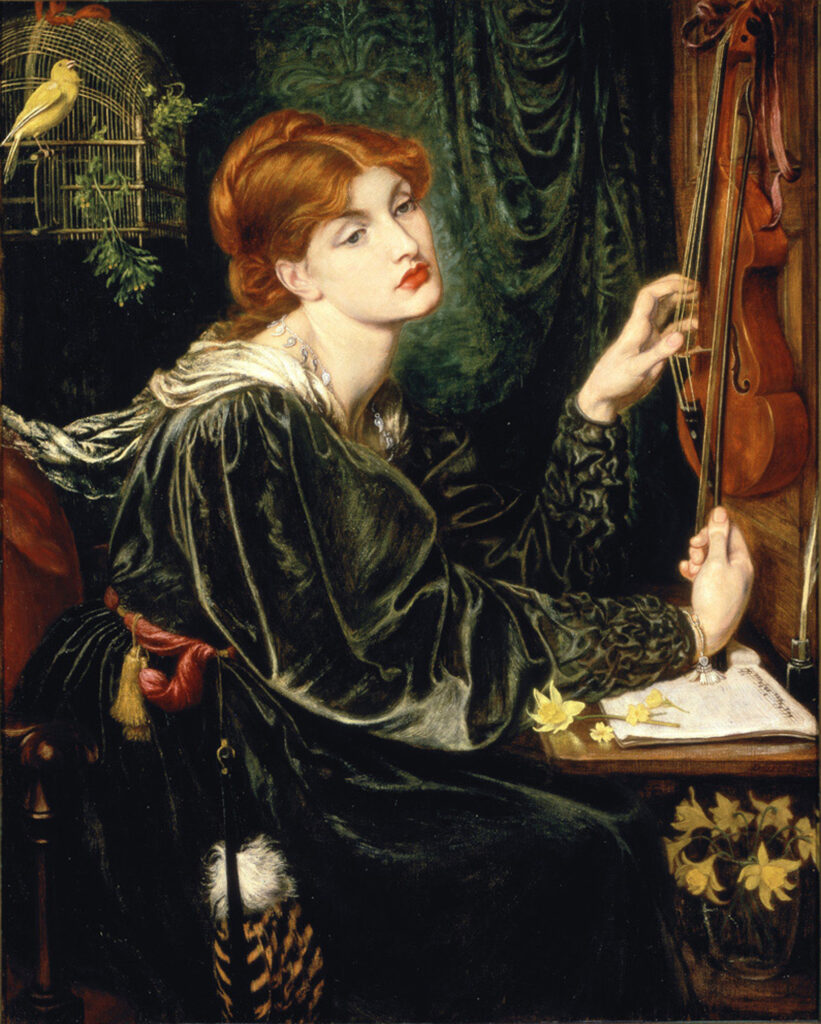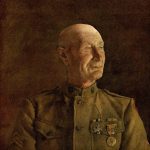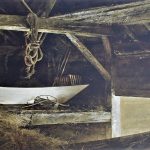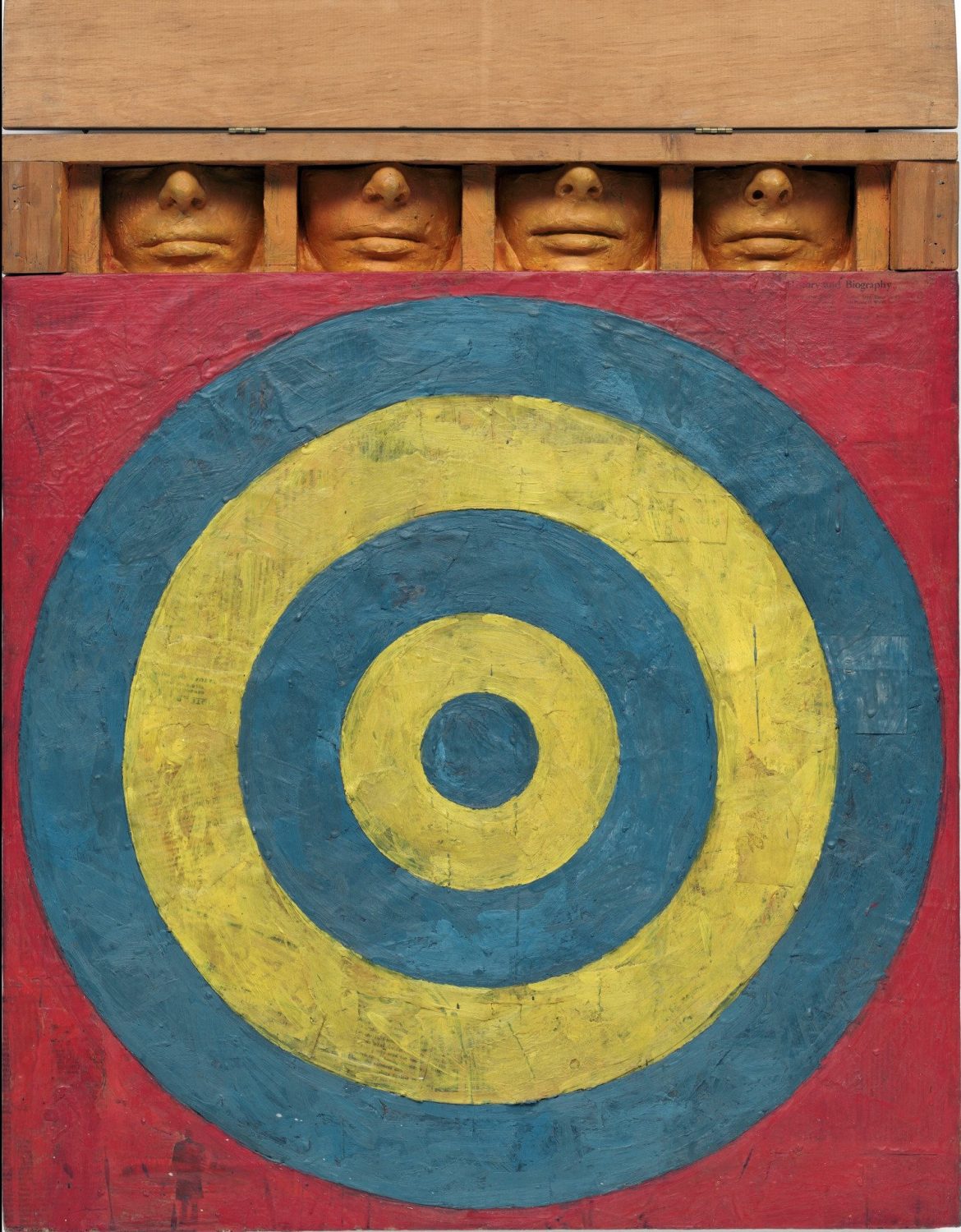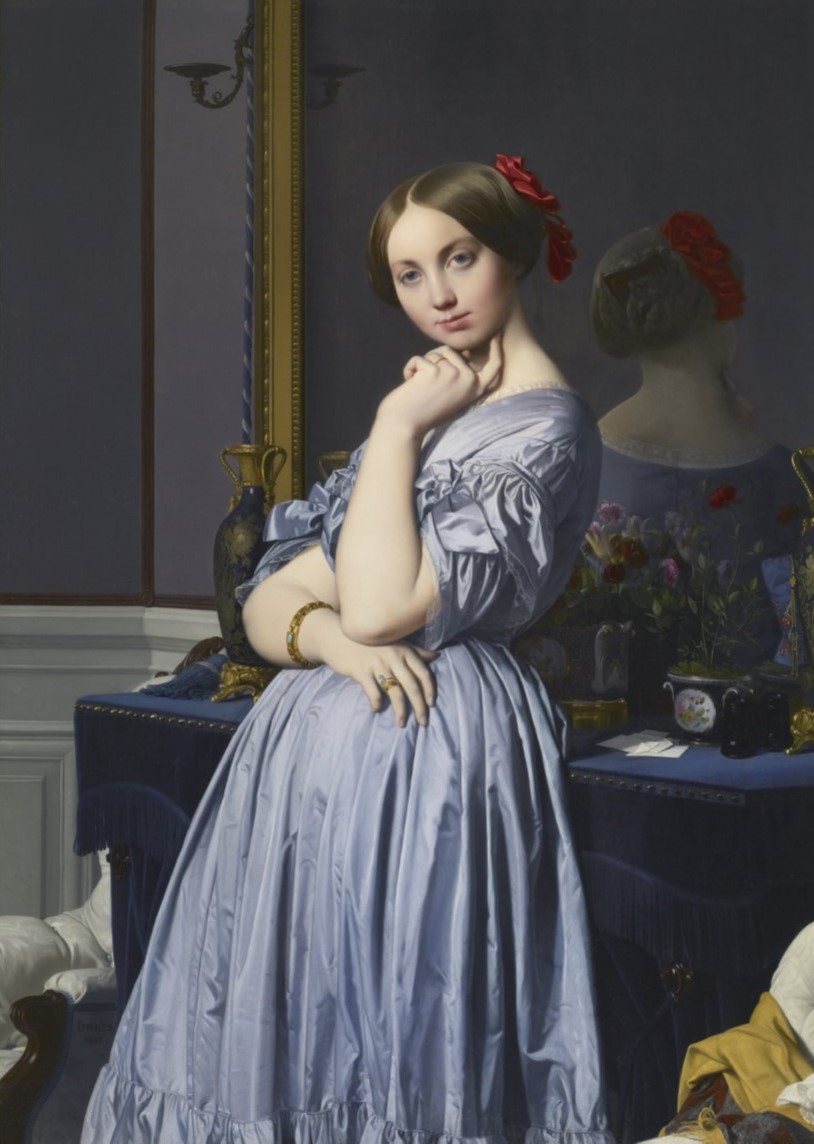In the early-to-mid-1980s, in what now seems like another lifetime, I managed a Shakey’s Pizza Parlor & Ye Public House. Back in those days, something one found in most pizza parlors was a cigarette machine.1 These vending machines have been outlawed in establishments where those under eighteen are allowed, in Sacramento since 1991, in California since 1995, and in the US since 2010. The one I saw five days a week in the Shakey’s dining room is probably rotting away in a landfill somewhere. One might think that someone should do something constructive with these heavy, large, unwieldy metal boxes.
Well, someone has. Since 2007, I’ve been working on-and-off with the Art-o-Mat® project. These good folks refurbish old cigarette machines, making them bright and shiny, and artists contribute a wide variety of cigarette pack-size work to stock them. There are paintings, drawings, sculptures, pieces of jewelry, photographs, et al. which are sold for five dollars each2 at museums, galleries, and shops across the country. One puts a token in the machine, pulls the knob which corresponds to the desired “brand,” and fresh art drops like a stale pack of Marlboro Reds.
I just sent in my twenty-first edition of the painted blocks – over the years, more than 1250 of my small pieces have helped fill the machines. My ongoing series, Paintings of Safety & Danger, depicts objects – actual size3 safety pins, safety matches, safety razors, syringes, broken safety glass, pills, and condoms – which symbolize actions which can be seen as either safe or dangerous. I like that the objects are thematically linked in such a subjective manner, and that the title of the series reflects that. However, despite the obvious caveat in that title, some Art-o-Mat® hosts and collectors have objected to the condoms. Consequently, my work is no longer available at some locations where it could previously be purchased, and is now considered R-rated. It’s not exactly Robert Mapplethorpe, but I guess, compared to most of the Art-o-Mat® inventory, it is kind of racy. Still, it’s a sad comment that this far into the twenty-first century, a painting of a prophylactic could cause a fuss. Nevertheless, Art-o-Mat® founder and Main Man Clark Whittington has never asked me to change the series or desist from painting anything. I have appreciated his support in this matter, as the condoms are such an essential part of the series I wouldn’t want to continue it without them.
Art-o-Mat® is for everyone, although the machines do seem to be particularly appealing to children. An interest in art needs to be fostered in order to flourish, and Art-o-Mat® is a perfect way to do that – it’s approachable, inexpensive, and fun. There are plenty of options from which to choose, so give the kid a token and let him or her4 determine what is most appealing. As with the artwork in the museums where many of the machines reside, kids may have questions about some of the pieces one can buy. So, if he/she/they comes to you with a painting of a condom, take the opportunity to have a conversation. It may save you some trouble sometime down the road.
1 They were found in many ye public houses, as well.
2 Lucrative? Uh… no.
3 For some reason, this is conceptually important to me. I’m actually not sure why.
4 Or them. I have no problem with “them.” Well, honestly, grammatically, I kind of do, but ideologically I have no problem with “them.”



